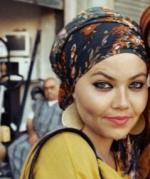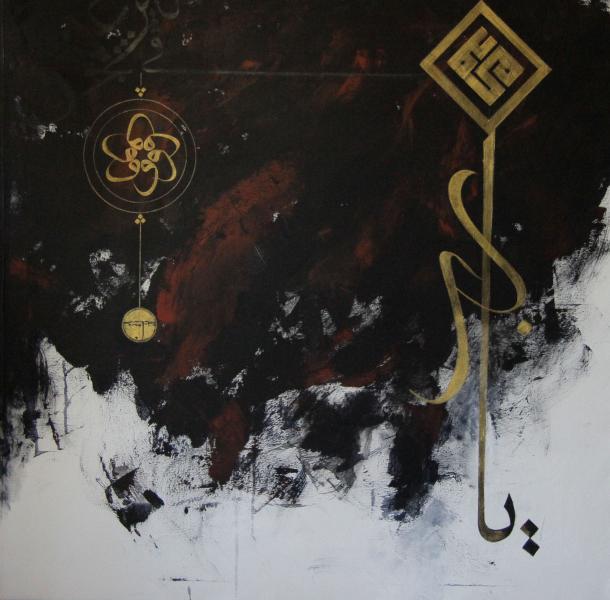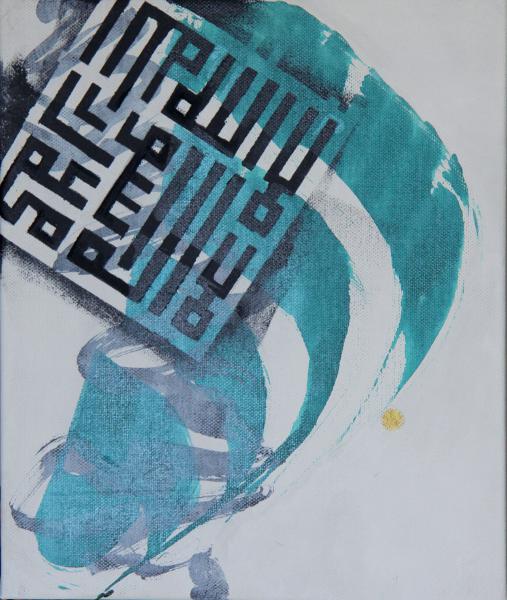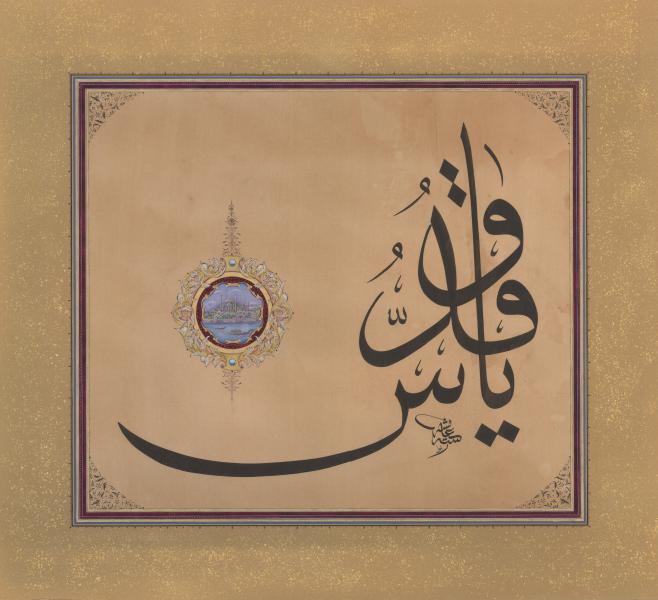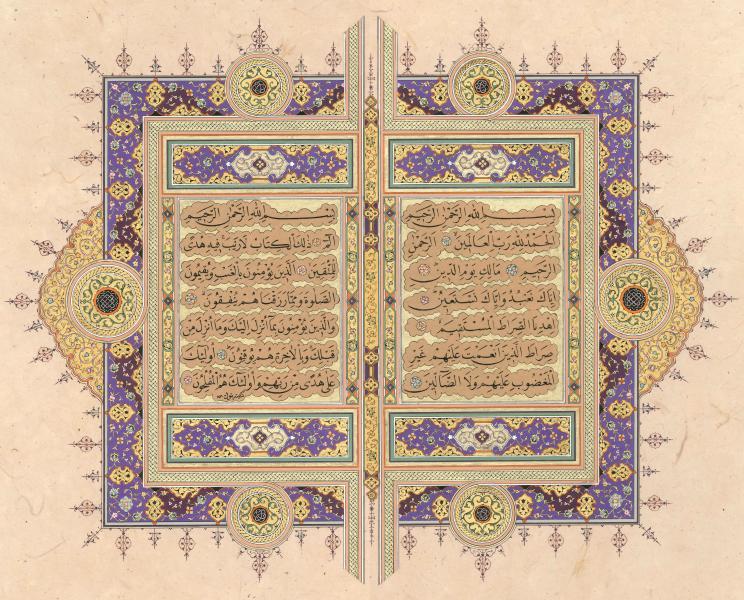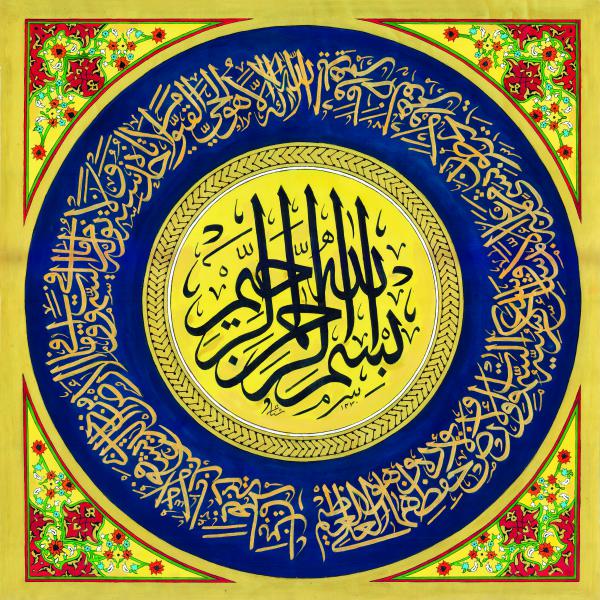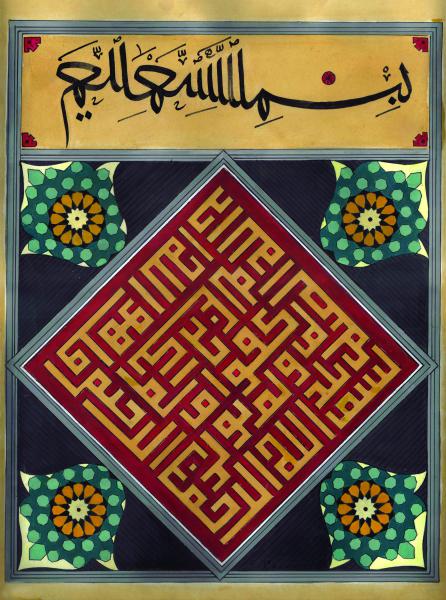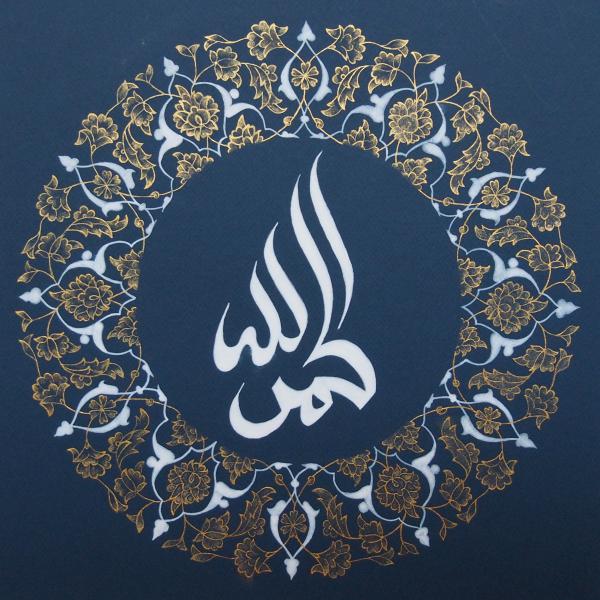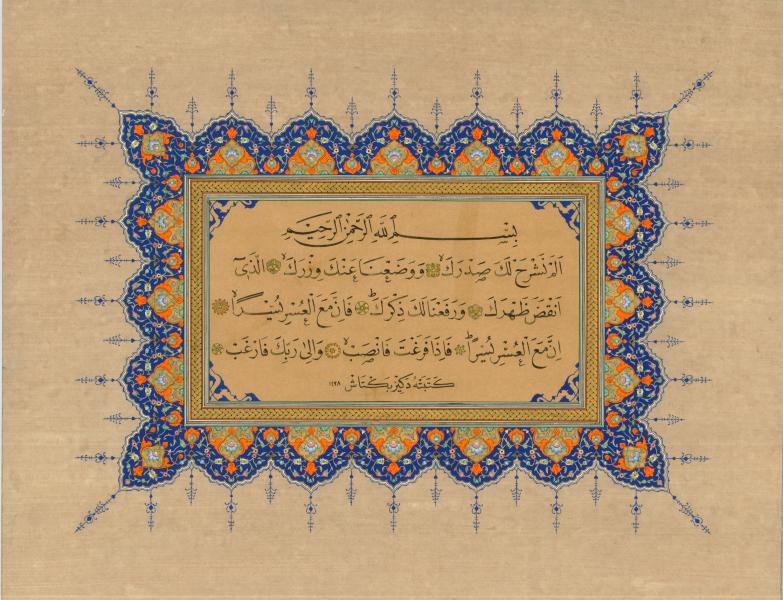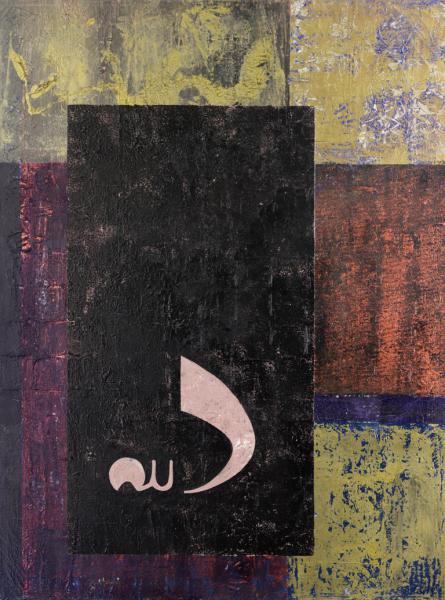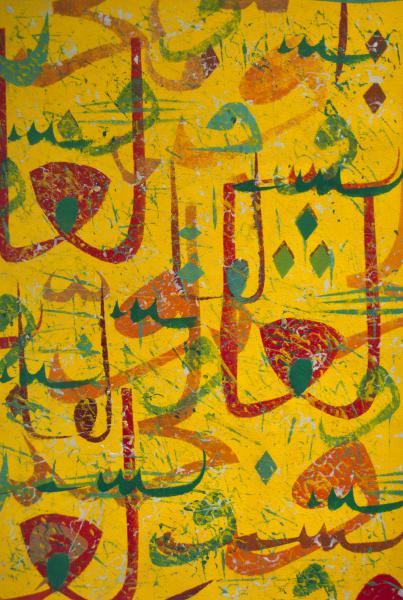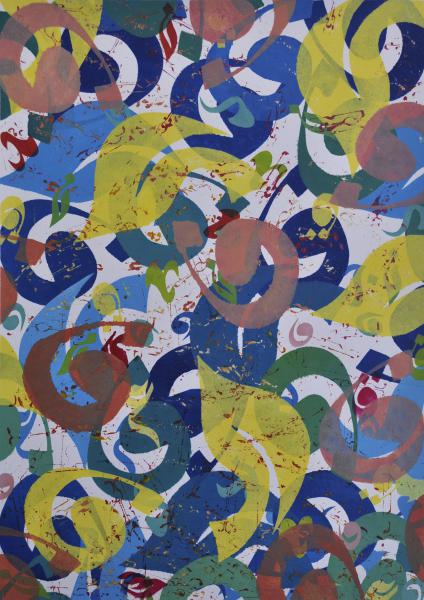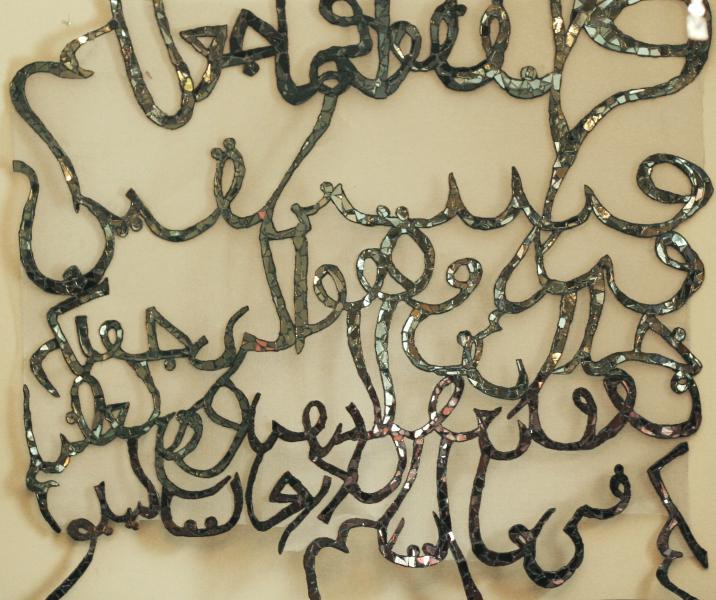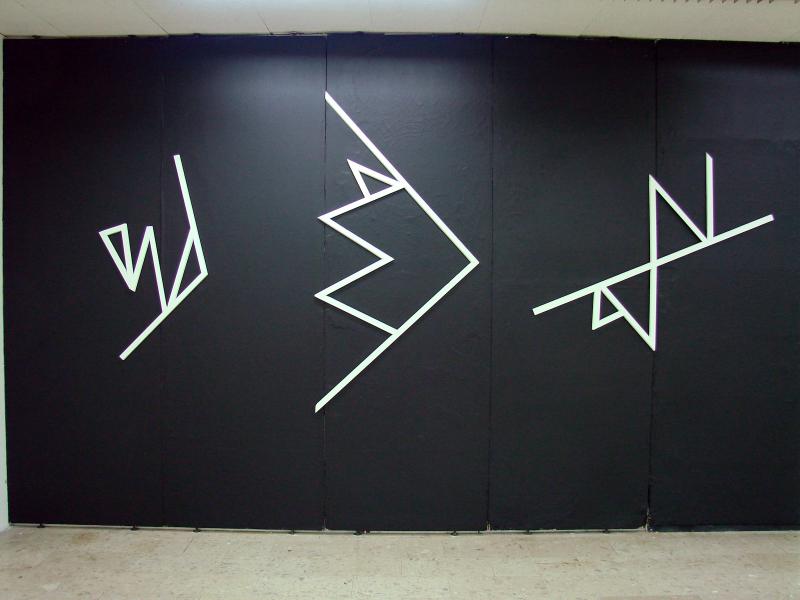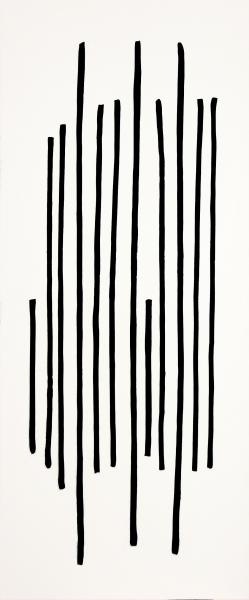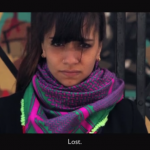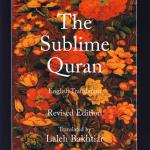Few Islamic art forms are as recognizable today as calligraphy, an artistic tradition that has taken on many forms and inspired countless artists. As contemporary styles and techniques continue to develop, these women are breathing new life into a rich and ever-evolving art.
Calligraphy is the most recognizable of Islamic art forms. The fluid lines and elegance of the Arabic letters are central to the history of expression of the Muslim faith. The importance of calligraphy lies in its primary objective - preserving the Word of God. The Quran is the very heart of Islam, and calligraphy is considered the highest art due to its expression of the Divine. It is believed that when revelation first came to the prophet Muhammad, it was with the the instruction to
"Read! Read in the name of your Lord Who created,
created man from a clot of congealed blood.
Read: and your Lord is most Generous,
Who taught by the pen,
taught man what he did not know."
Islamic teachings place importance on the pursuit of knowledge, and as the message spread outside the borders of Arabia so did the desire of its early followers to maintain its authenticity by transcribing and preserving it in writing. This marked a turning point - from a society reliant on oral transmission of knowledge to one focused on the written word. Muhammad said "Allah is beautiful, and He loves beauty" - and Muslim artists have taken this to heart by beautifying His message. And so the very basic Arabic script of his time came to be developed and transformed into the many visually stunning scripts familiar to us today. Distinct styles flourished across the Muslim world, all unified by specific common principles. Traditionally it took many years to train in the craft - there are rules relating to the proportions and spacing of the letters that, when grasped, set master calligraphers apart from beginners. And while classical calligraphy is still being practised today, there is a new wave of contemporary calligraphers who are putting a free-form twist on old techniques. This reflects the way Islam allows space for change and the expression of cultural diversity, while maintaining a common ground rooted in faith. The artwork featured here shows examples of both classical and modern interpretations of calligraphy.
Arabic calligraphy leaves an imprint on the casual observer and the calligrapher alike. The appeal of the art is largely due to its aesthetic, yet there is a meditative quality to it that is also intoxicating for the one holding the pen. Something in the concentration, patience and dedication required to master calligraphy serves to cultivate inner tranquility and a deepening of the spiritual. For the many Muslim women today who continue to uphold the art, it is a physical act of remembrance of the Divine, and a means of drawing nearer to Him. It has become a bridge between centuries of tradition and the present day. As contemporary styles and techniques continue to develop, these women are breathing new life into a rich and ever-evolving art.
